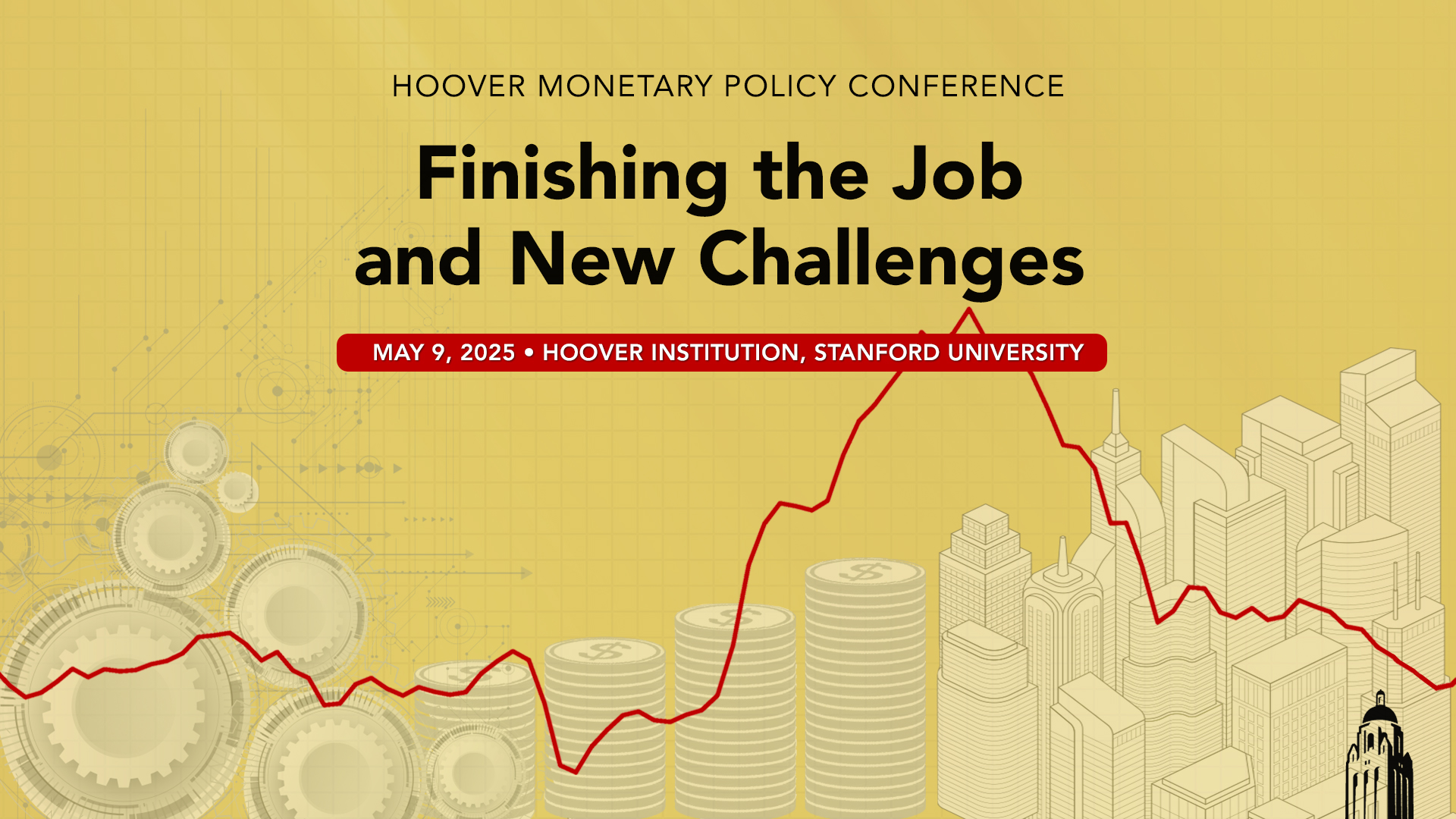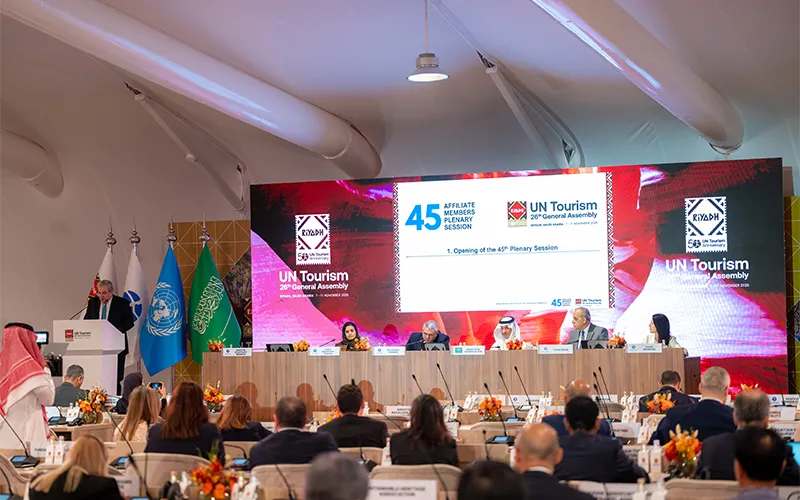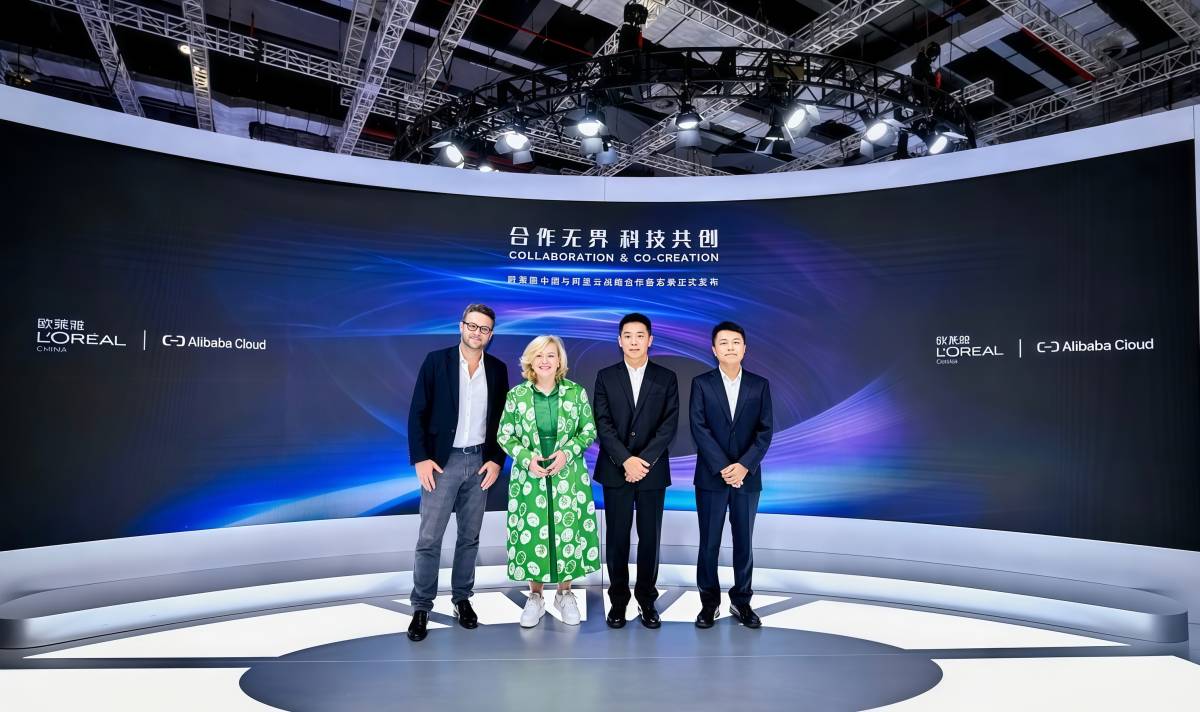Above the Fold: Supply Chain Logistics News (July 18, 2025) – Talking Logistics with Adrian Gonzalez

Report on International Trade Policy Volatility and its Implications for Sustainable Development Goals
Executive Summary
In early 2025, significant volatility in international trade policy, specifically concerning the United States’ de minimis regulations for goods from China, created widespread disruption across global supply chains. An abrupt, short-lived termination of the de minimis exemption highlighted the critical need for stable, predictable, and transparent trade policies. This report analyzes these events through the lens of the United Nations Sustainable Development Goals (SDGs), demonstrating how such policy instability directly impacts economic growth, institutional strength, and global partnerships. The incident underscores the necessity of aligning trade frameworks with long-term sustainability objectives, particularly those related to responsible consumption, decent work, and resilient infrastructure.
De Minimis Regulations: An Overview and Connection to Sustainable Development
Defining De Minimis Entry
A de minimis entry is a customs and trade mechanism that facilitates the expedited, duty-free, and tax-free import of low-value shipments. In the United States, this threshold is set at $800. The primary function is to streamline the entry of high-volume, low-risk goods, a process that has become central to the global e-commerce market. This system has direct relevance to several SDGs:
- SDG 9 (Industry, Innovation, and Infrastructure): The de minimis process relies on advanced digital infrastructure. The U.S. system uses the Air Cargo Advanced Screening (ACAS) for security filings and Section 321 Type 86 declarations for customs clearance. This digital framework is an example of the innovative infrastructure required to support modern global trade.
- SDG 8 (Decent Work and Economic Growth): By facilitating cross-border e-commerce, the de minimis rule supports economic activity and the growth of small online businesses globally. It enables consumers to access goods quickly and affordably, stimulating a segment of the global economy.
Exclusions and Scope
It is important to note that the de minimis provision is not intended for all goods. Products subject to stringent government oversight, such as pharmaceuticals, alcohol, and tobacco, are excluded. The regulation primarily benefits the e-commerce sector, particularly in categories like apparel and consumer electronics, often sourced from China and other overseas manufacturing hubs.
Analysis of the 2025 Policy Shift and its Impact on SDGs
Chronology of the Disruption
The stability of this trade mechanism was challenged in early 2025. The sequence of events created significant uncertainty:
- February 1, 2025: The U.S. administration abruptly terminated de minimis eligibility for all shipments originating from China.
- Immediate Aftermath: The change caused immediate chaos. Software providers like Descartes had to rapidly reconfigure their systems. Shippers faced the choice of absorbing new duties and taxes or passing them on to consumers, disrupting established business models.
- Policy Reversal: Less than a week later, the administration rescinded the order, reinstating de minimis status for Chinese goods and compounding the initial confusion.
Impact on Sustainable Development Goals
This policy volatility had a direct and negative impact on the achievement of key SDGs:
- SDG 16 (Peace, Justice, and Strong Institutions): The erratic policy-making demonstrates a lack of effective, accountable, and transparent institutions. Such unpredictability undermines the rule of law in international trade and erodes trust between governments and the private sector, creating an unstable environment for all stakeholders.
- SDG 17 (Partnerships for the Goals): Global supply chains are complex partnerships between manufacturers, logistics providers, customs brokers, and governments. Unilateral and unpredictable policy actions disrupt these partnerships, hindering the collaborative spirit required to achieve global goals.
- SDG 8 (Decent Work and Economic Growth): The disruption threatened economic stability. The confusion led to stalled shipments, unforeseen costs, and operational paralysis, directly conflicting with the goal of promoting sustained, inclusive, and sustainable economic growth.
Broader Implications for Responsible Consumption and Production
The Link Between De Minimis and Consumption Patterns
The de minimis rule, while economically efficient, has broader implications for sustainability that warrant consideration.
- SDG 12 (Responsible Consumption and Production): The provision overwhelmingly benefits the fast-fashion and low-cost electronics sectors, which are often criticized for unsustainable production methods, high waste generation, and encouraging a culture of disposability. By removing friction from these supply chains, the de minimis rule may inadvertently work against the goal of promoting sustainable consumption patterns.
- SDG 10 (Reduced Inequalities): While providing consumers with low-cost goods, the flood of duty-free imports can place domestic manufacturers and retailers at a competitive disadvantage, potentially exacerbating economic inequalities within the importing country.
- SDG 8 (Decent Work): There is a risk that the de minimis pathway could be used for goods produced in conditions that do not meet international labor standards. The lack of customs scrutiny for these shipments makes it harder to enforce policies against forced labor and ensure decent work throughout the supply chain.
Conclusion: The Need for SDG-Aligned Trade Policy
Recommendations for a Sustainable Path Forward
The events of early 2025 serve as a critical case study on the importance of aligning trade policy with sustainable development principles. To mitigate future disruptions and foster a more resilient and equitable global trade system, the following actions are recommended:
- Enhance Policy Stability and Transparency (SDG 16): Governments must commit to predictable and transparent trade policy development, providing stakeholders with adequate time and clear guidance to adapt to changes.
- Strengthen Multi-stakeholder Dialogue (SDG 17): Policy-making should involve robust consultation with all supply chain partners—including customs officials, freight forwarders, technology providers, and businesses—to ensure that new regulations are practical and resilient.
- Integrate Sustainability Criteria into Trade Rules (SDG 12, SDG 8): A comprehensive review of trade mechanisms like de minimis is needed to assess their impact on sustainable consumption, production, and labor standards, ensuring they do not undermine broader sustainability commitments.
- Invest in Resilient and Adaptive Infrastructure (SDG 9): Continued investment in flexible digital trade platforms is essential to manage high-volume logistics and enhance the capacity of supply chains to adapt to evolving regulatory landscapes.
1. Which SDGs are addressed or connected to the issues highlighted in the article?
- SDG 8: Decent Work and Economic Growth: The article discusses international trade, tariffs, and supply chain disruptions, all of which directly impact economic activity, business operations, and employment in the logistics and e-commerce sectors. The sudden policy changes create economic uncertainty and disrupt growth.
- SDG 16: Peace, Justice and Strong Institutions: The core issue highlighted is the instability and lack of predictability in government trade policy. The article describes “back-and-forth changes,” “little warning,” and “confusion on top of confusion,” pointing to a need for more effective, accountable, and transparent institutions that create stable regulatory environments.
- SDG 17: Partnerships for the Goals: The article’s focus on tariffs, trade regulations (de minimis), and international shipments from China relates directly to global partnerships and the systems governing international trade. The unilateral policy changes impact the goal of fostering an open and rules-based multilateral trading system.
2. What specific targets under those SDGs can be identified based on the article’s content?
SDG 8: Decent Work and Economic Growth
- Target 8.a: Increase Aid for Trade support for developing countries. While not “aid” in the traditional sense, the de minimis rule acts as a trade-facilitating measure. It simplifies and speeds up entry for low-value goods, which supports the export capabilities of countries like China, mentioned as a primary source of these goods. The removal of this exemption is a disruption to this trade support mechanism.
SDG 16: Peace, Justice and Strong Institutions
- Target 16.6: Develop effective, accountable and transparent institutions at all levels. The article directly critiques the lack of these qualities in the described policy-making process. The “flip-flop of de minimis regulations” and the chaos it caused for “supply chain and global trade professionals” is a clear example of institutional ineffectiveness and a lack of transparency.
SDG 17: Partnerships for the Goals
- Target 17.10: Promote a universal, rules-based, open, non-discriminatory and equitable multilateral trading system. The article describes a move away from a predictable, rules-based system. The sudden imposition of tariffs by ending de minimis for a specific country (“ended de minimis entries from China with little warning”) undermines the principles of an open and stable trading environment.
- Target 17.11: Significantly increase the exports of developing countries. The de minimis rule directly facilitates a high volume of exports from countries like China to the US market, particularly through e-commerce. The article notes these are “millions of shipments per month.” Any change to this rule has a direct and significant impact on the export volumes from the affected countries.
3. Are there any indicators mentioned or implied in the article that can be used to measure progress towards the identified targets?
Indicators for SDG 8, Target 8.a
- Value and volume of shipments under trade-facilitating rules: The article provides a specific value threshold (“$800 or less”) and notes the volume (“millions of shipments per month”) that qualifies under the de minimis rule. Tracking this volume serves as an indicator of the extent of trade facilitation.
Indicators for SDG 16, Target 16.6
- Stability and predictability of trade regulations: The article provides a qualitative indicator of institutional failure through descriptions like “back-and-forth changes happening almost on a daily basis,” “confusion and disruptions reigned,” and “confusion on top of confusion.” A reduction in such events would indicate progress.
Indicators for SDG 17, Target 17.10 & 17.11
- Frequency of sudden, unilateral trade policy changes: The central event of the article—the administration ending and then rescinding a trade exemption “with little warning”—is an indicator of deviation from a rules-based system.
- Volume of low-value e-commerce exports: The article identifies that the de minimis shipments are “mostly from e-commerce” and specifically from “China and other places overseas.” The number of these shipments is a direct indicator of export performance for these countries in this specific market segment.
4. Table of SDGs, Targets, and Indicators
| SDGs | Targets | Indicators |
|---|---|---|
| SDG 8: Decent Work and Economic Growth | 8.a: Increase Aid for Trade support for developing countries. | The value (shipments of “$800 or less”) and volume (“millions of shipments per month”) of goods entering under the de minimis trade-facilitating rule. |
| SDG 16: Peace, Justice and Strong Institutions | 16.6: Develop effective, accountable and transparent institutions at all levels. | The stability of trade policy, measured qualitatively by the absence of “back-and-forth changes,” “little warning,” and “confusion on top of confusion.” |
| SDG 17: Partnerships for the Goals | 17.10: Promote a universal, rules-based, open, non-discriminatory and equitable multilateral trading system. | The imposition of new trade restrictions or removal of exemptions, such as ending “de minimis entries from China with little warning.” |
| SDG 17: Partnerships for the Goals | 17.11: Significantly increase the exports of developing countries. | The volume of e-commerce shipments from exporting countries like China, which the article states accounts for “millions of shipments per month.” |
Source: talkinglogistics.com

What is Your Reaction?
 Like
0
Like
0
 Dislike
0
Dislike
0
 Love
0
Love
0
 Funny
0
Funny
0
 Angry
0
Angry
0
 Sad
0
Sad
0
 Wow
0
Wow
0































































![Governing Health -Compensation Considerations for Health System Innovation Activities [Podcast] – The National Law Review](https://natlawreview.com/sites/default/files/styles/article_image/public/2025-10/Health AI Security Privacy Data Cyber Medical Doctor-309772690.jpg.webp?itok=i51uHMDx#)
_21.jpg?#)













